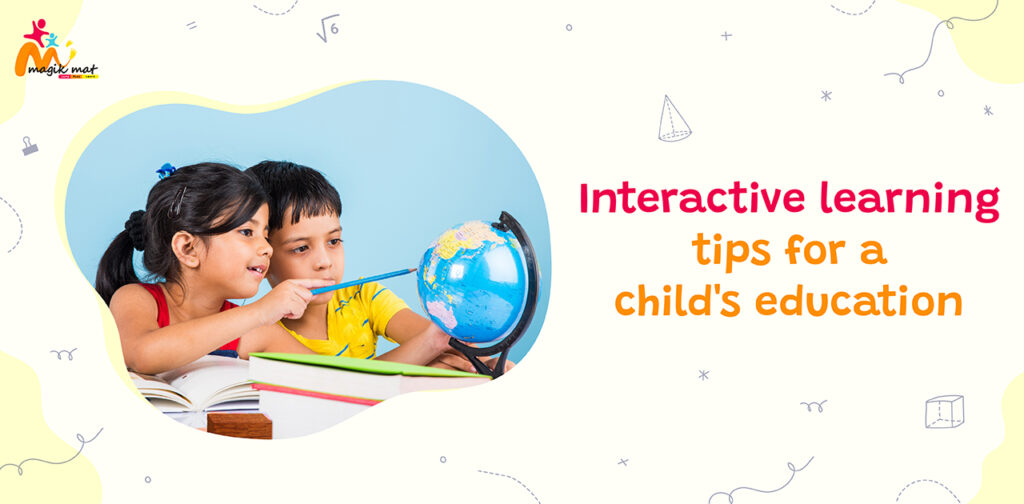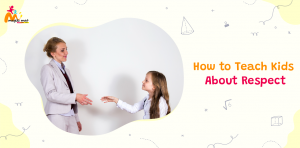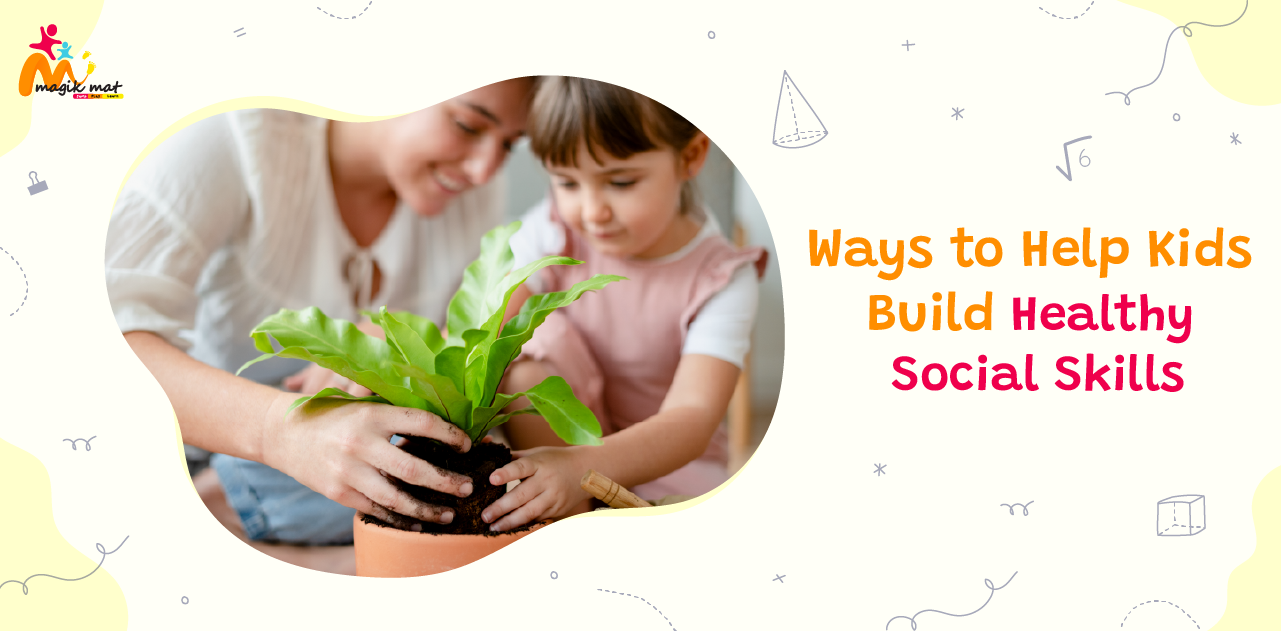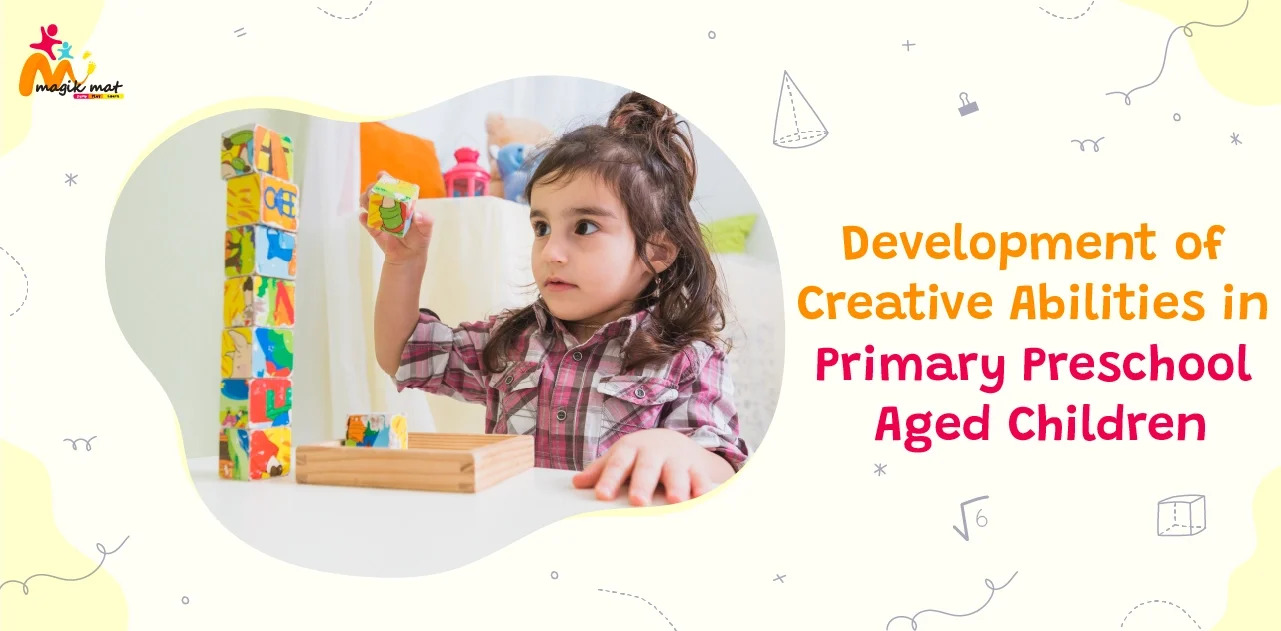Introduction
In the fast-paced digital age, traditional teaching methods are being increasingly supplemented with interactive learning techniques. Interactive learning not only makes education enjoyable but also facilitates a deeper understanding of concepts and fosters critical thinking. Parents play an important role in shaping their children’s educational journey. By incorporating interactive learning into their child’s routine, parents can create a dynamic and engaging environment for academic growth and personal development. In this blog, we will explore some effective interactive learning tips to help your child excel in their education.
Importance of Interactive Learning for Children
Interactive learning is vital for children as it fosters heightened engagement and active participation, leading to improved retention and comprehension of concepts. Through interactive methods, children develop critical thinking skills as they are encouraged to analyze information, solve problems, and make decisions independently. Moreover, collaborative learning activities promote effective communication and teamwork, nurturing essential social and interpersonal skills.
By sparking creativity and imagination, interactive learning provides a positive and enjoyable educational experience, fostering a love for learning and promoting a growth mindset. Overall, interactive learning not only facilitates academic growth but also nurtures holistic development, equipping children with the skills, knowledge, and confidence necessary for success in an ever-evolving world.
9 Interactive Learning Tips for Children
1.Use Educational Games and Activities: Integrate educational games and activities that are both fun and intellectually stimulating. This can include puzzles, board games, and interactive online resources that align with the child’s curriculum.
2.Hands-on Experiments: Encourage hands-on learning by conducting science experiments or engaging in practical activities that allow children to see concepts in action. This can foster a deeper understanding of scientific principles and encourage a love for exploration and discovery.
3.Field Trips and Excursions: Organize field trips to museums, historical sites, zoos, or nature reserves to provide real-world context for what they are learning in the classroom. These experiences can help solidify theoretical knowledge and make learning more tangible and memorable.
4.Group Projects and Collaborative Learning: Foster collaboration among students by assigning group projects that encourage teamwork, communication, and problem-solving skills. Working in teams helps children learn from one another and fosters a sense of collective achievement.
5.Role-Playing and Simulations: Use role-playing and simulations to make learning more immersive. This approach allows children to step into different roles and experience various perspectives, fostering empathy and understanding of different viewpoints.
6.Interactive Technology: Utilize educational apps, interactive software, and digital tools to make learning more engaging and dynamic. Interactive technology can help children grasp complex concepts through visual aids, simulations, and interactive exercises.
7.Questioning and Discussion: Encourage critical thinking by asking open-ended questions and fostering discussions around different topics. This approach promotes curiosity, analytical thinking, and the development of strong communication skills.
8.Creative Arts Integration: Incorporate creative arts, such as music, drawing, and drama, into the learning process. This can help children express themselves, develop creativity, and make connections between different subjects in a more holistic way.
9.Personalized Learning: Tailor the learning experience to each child’s individual interests and learning styles. Providing personalized learning experiences can help children stay engaged and motivated, as they can connect what they are learning to their own experiences and passions.
By implementing these interactive learning strategies, educators and parents can create a stimulating and engaging educational environment that promotes a love for learning and nurtures the child’s overall development.
How to implement interactive learning in the classroom?
To implement interactive learning in the classroom, teachers should incorporate multimedia tools, such as videos and interactive presentations, to visually stimulate students. Encouraging open discussions, debates, and group activities can help students express their opinions and develop critical thinking skills. Furthermore, the integration of educational technology, like online platforms and interactive software, enables students to actively participate and explore concepts hands-on. Assigning collaborative group projects, conducting hands-on experiments, and incorporating role-playing activities can further enhance engagement and foster teamwork. Additionally, using interactive whiteboards, educational games, and real-world examples can make learning more enjoyable and relevant, catering to diverse learning styles and promoting a deeper understanding of the curriculum.
How Magik Mat facilitates interactive learning?
- Offers a diverse range of engaging educational games and activities.
- Encourages hands-on exploration and problem-solving for active learning.
- Incorporates interactive visuals and multimedia to enhance comprehension.
- Provides real-time feedback and rewards to motivate continuous participation.
- Supports collaborative learning experiences between peers and educators.
- Integrates interactive challenges to reinforce knowledge retention.
- Facilitates a dynamic and responsive learning environment adaptable to different learning styles.
- Promotes critical thinking and creativity through interactive puzzles and challenges.
- Fosters a sense of curiosity and excitement through interactive storytelling and immersive experiences.
- Promotes mind-body coordination.
Conclusion:
Interactive learning stands as a potent instrument capable of transforming your child’s education. As you delve into the extensive range of educational products, integrate interactive methodologies within the classroom, and establish an interactive learning atmosphere in your home, you’re laying the groundwork for your child’s enduring passion for learning. Keep in mind that the crux of triumph lies in rendering the learning experience enjoyable, interactive, and, above all, an integral part of your child’s everyday existence. Embrace the concept of interactive learning, and witness your child’s educational expedition thrive with inquisitiveness, involvement, and enjoyment!





